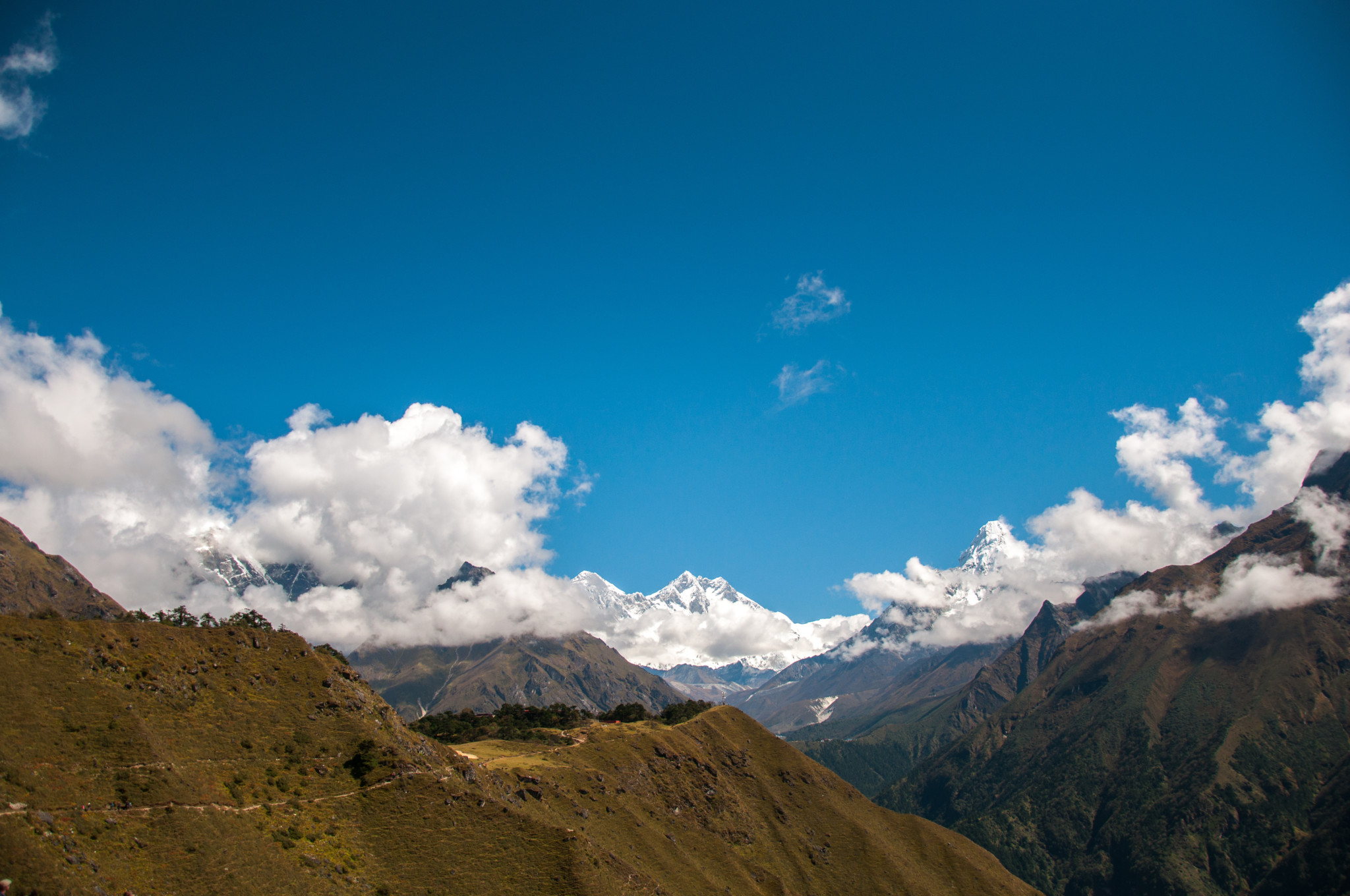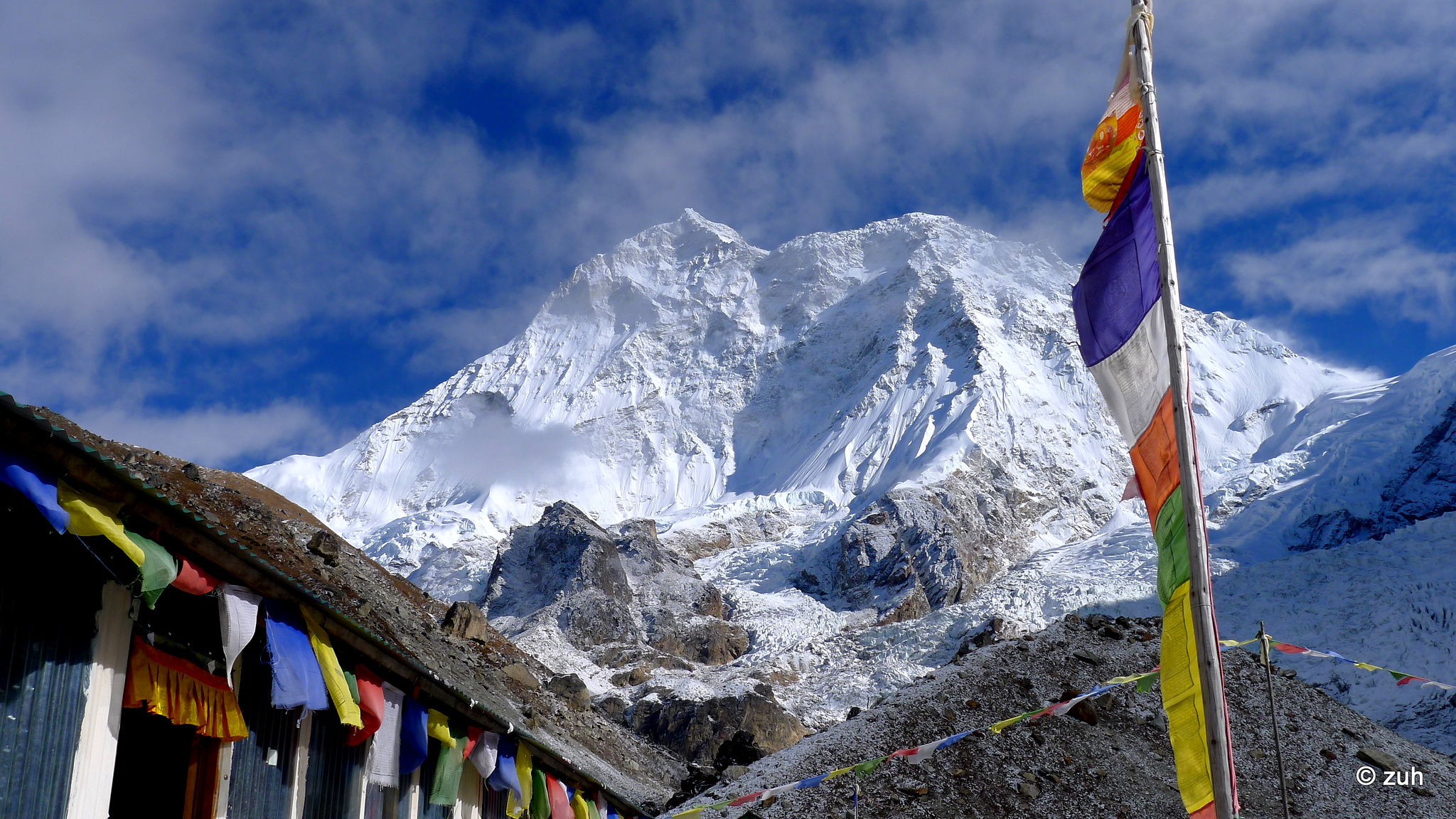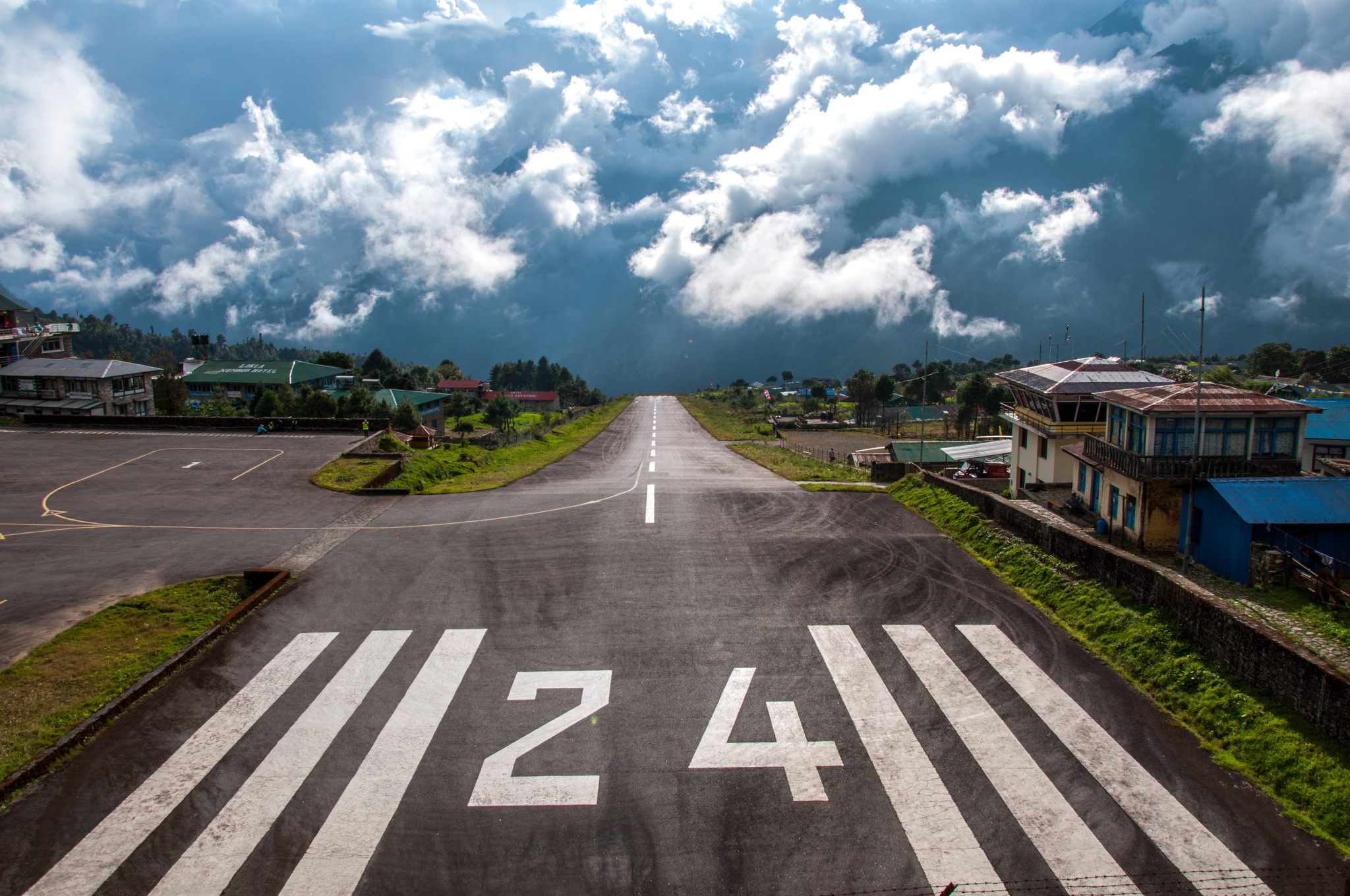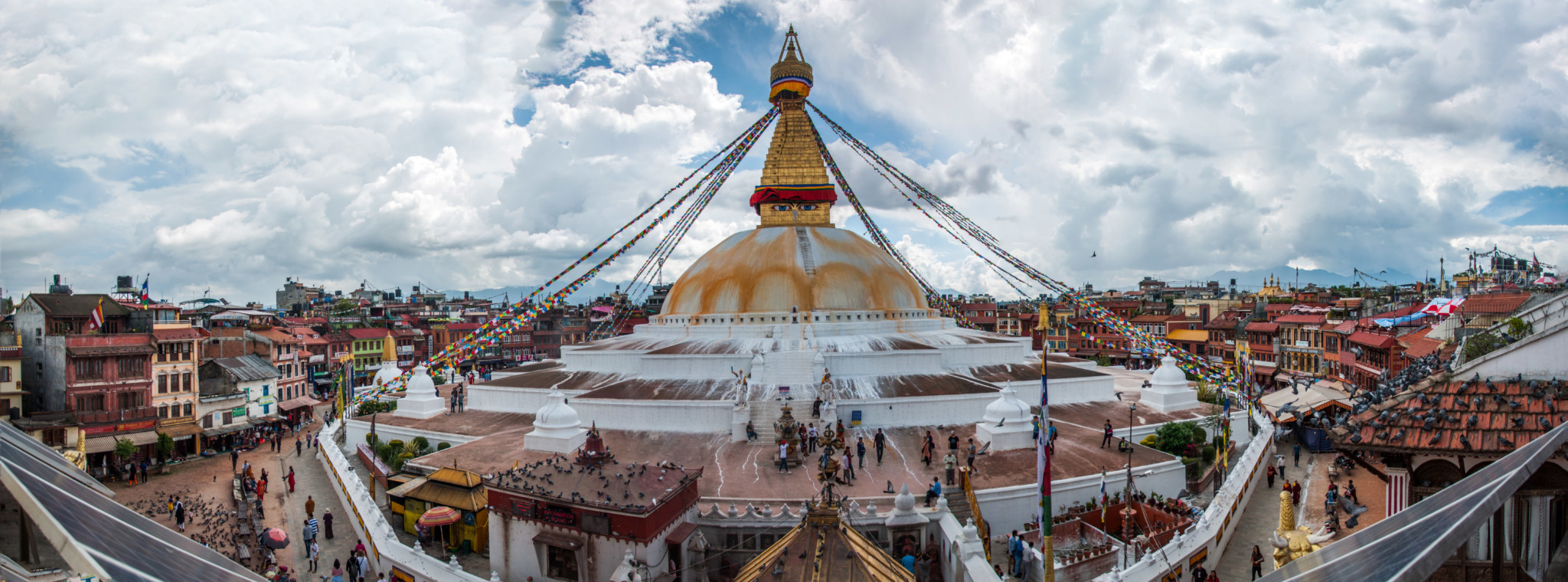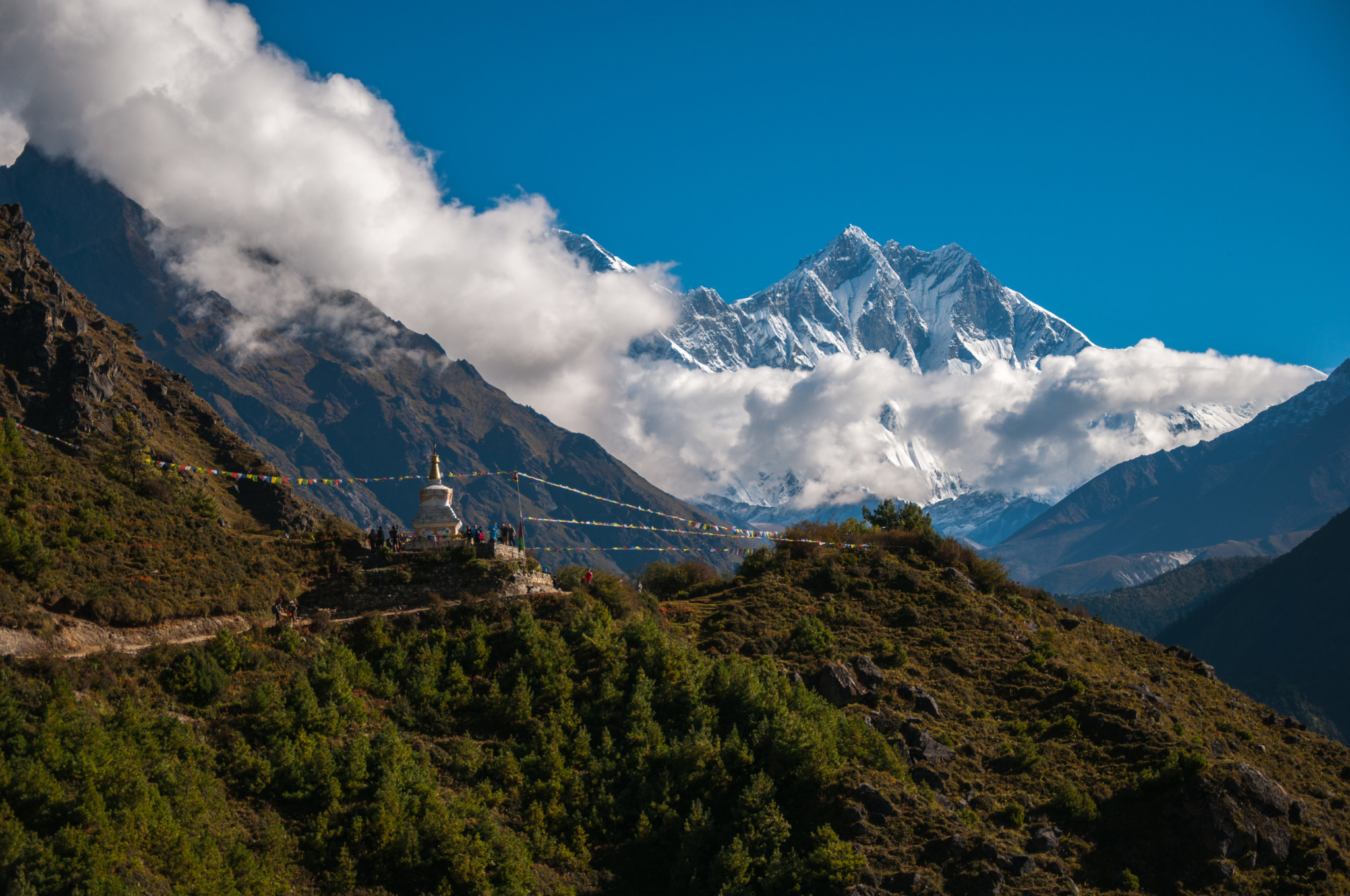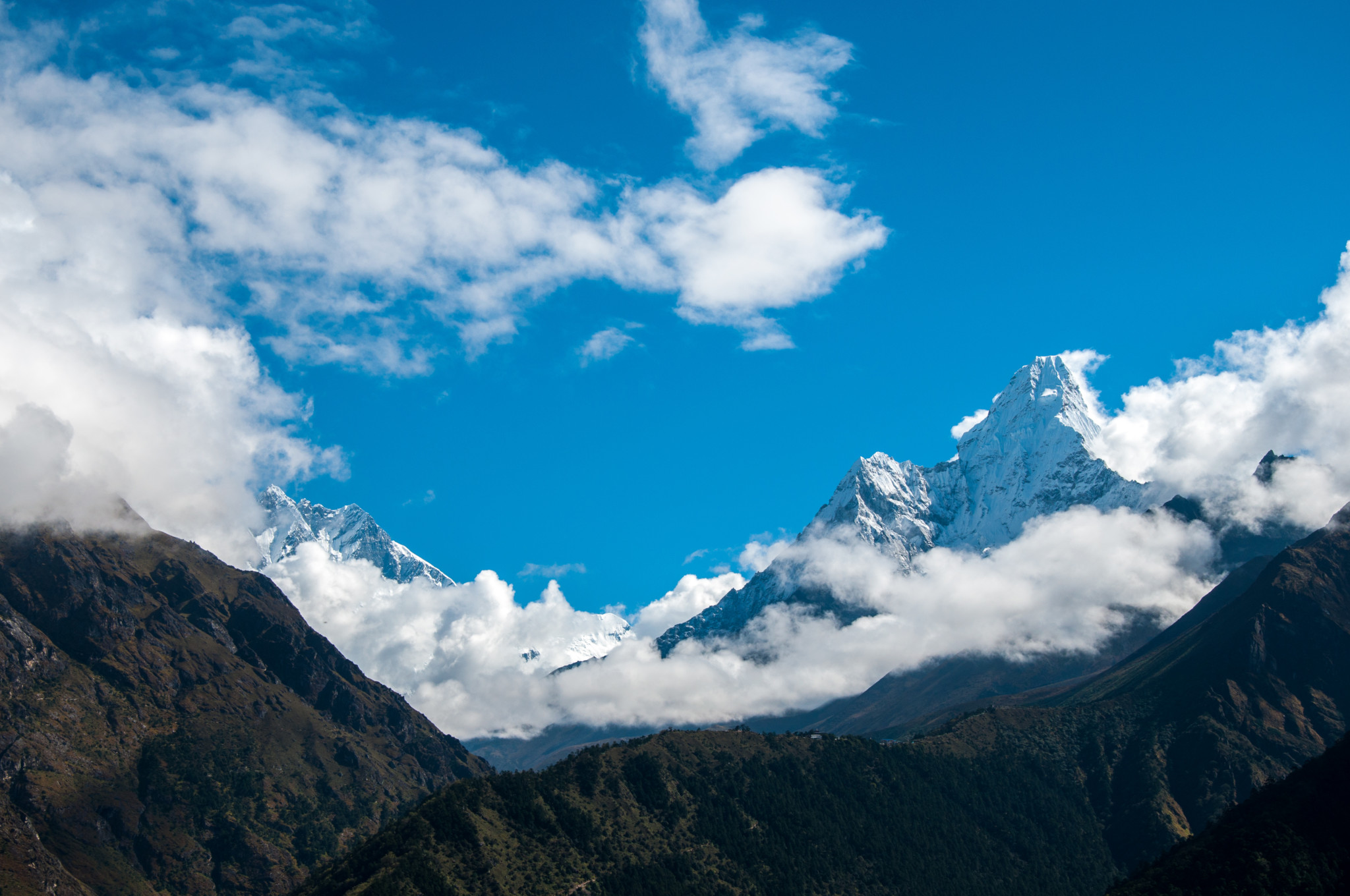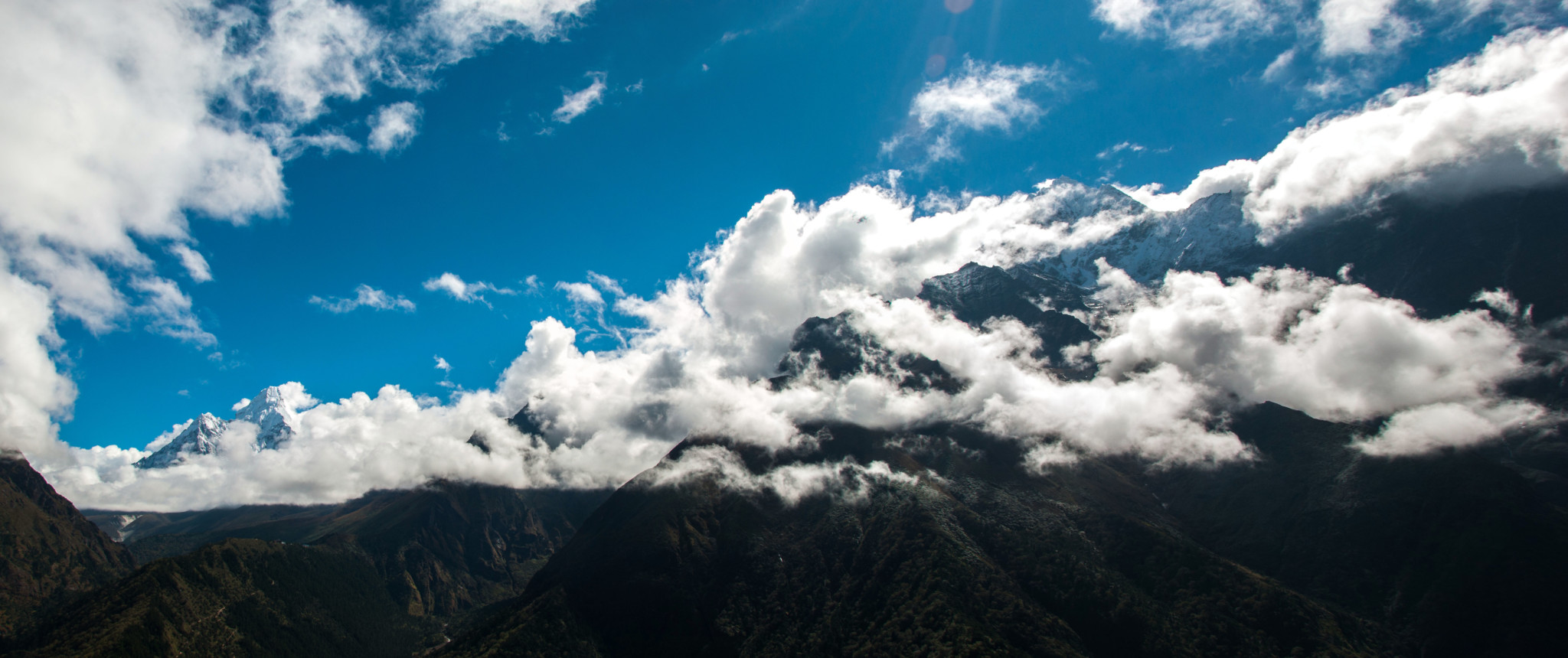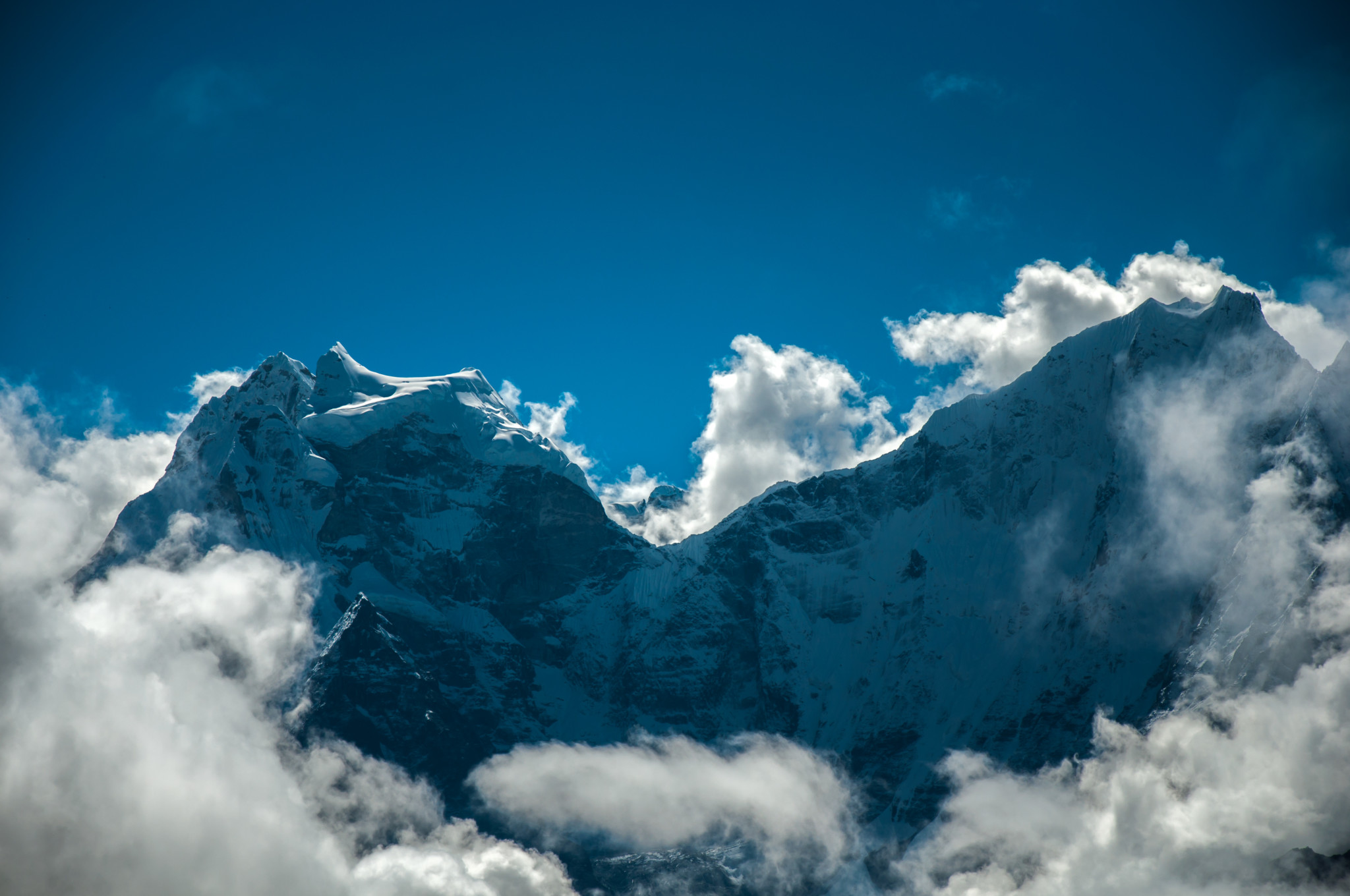Practical details
 Currency: Nepalese rupee (around 95-100NPR=1EUR). There are many cash machines and also exchange offices in Kathmandu or Pokhara, which take commission. You should have some amount of money on you all the time because there are seldom power cuts causing cash point failures.
Currency: Nepalese rupee (around 95-100NPR=1EUR). There are many cash machines and also exchange offices in Kathmandu or Pokhara, which take commission. You should have some amount of money on you all the time because there are seldom power cuts causing cash point failures.- You need to buy travel insurance in your home country. It has to include also medical air transportation service (essential with trekking expeditions).
- Electricity: the voltage in sockets is usually 220V/230V, but the electricity flow is not constant. Power cuts in Nepal happen frequently, several times a day. Although hotels and restaurants have their own power generators for fridges and lights, there may be a problem with the electricity in the sockets.
- Mobile phones: we checked few mobile networks. For example T-mobile and Orange are operating with roaming option (in Kathmandu, Pokhara and other big cities). As far as trekking is concerned, they may be beyond reach. The best (cheapest for calling or texting) option is to buy Nepalese SIM card. There are two cell phone companies operating in Nepal: NCell and NTC.
- Internet access: available in hotels and tourist’s places. In Thamel district of Kathmandu city there are a lot of Internet cafés. Hotels and cafés on the main trekking routes have often the Internet access. However, it is not a high speed connection.
- Holidays: Offices and public administration do not work on Saturdays. Hotels, restaurants and other tourist service places are open every day.
The best time to go
- Autumn is the best time to travel to Nepal (September – December) as well as spring (February – May). While travelling in other seasons you may experience wet weather and low temperatures. You need to consider at least two weeks time when travelling to Nepal because one way flight takes about 17-27 hours (depending on airlines, dates and hours of flights). The shortest recommended trekking expedition should last 7-9 days.
Good to know
- You can aplly for Nepalese visa on line: http://www.online.nepalimmigration.gov.np/tourist-visa and upon the arrival the visa is given to your passport at the Kathmandu airport (25 USD up to 15 days, 40 USD for maximum 30 days, one entry). Visa forms are also available at the airport. When making on line application you need to upload one picture of your not bigger that 100 kb. You can apply for the visa by using the internet form not earlier than 14 days before arrival in Nepal. For the paper version of the application you need to have a passport, a photo and an information about the entry flight (airline and number). You can extend your visa for 150 days maximum.
- Vaccinations should be started 2-3 months before the journey – further details are available at the infectious diseases or tropical diseases outpatient clinics (in Warsaw: Warsaw’s Hospital for Infectious Diseases, Wolska 37 Str. , tel. +48 (22) 3355235)
Recommended vaccinations
- Hepatitis A
- Hepatitis B
- Yellow fever (not necessary)
- Typhoid
- Diphtheria
- Polio, Tetanus, Rabies
- Japanese B encephalitis
- Meningococcal meningitis
List of public holidays (public offices are usually closed)
- Democracy Day – 18th February
- Maha Shivaratri – February/March, 1 day
- Holy – March, 1 day
- Ghodi Jatra – March, 1 day
- Bisket Jatra (Nepali New Year) – 13th April
- Teej – August/September, 3 days
- Indra Jatra – September, 1 day
- Dasain – September/October, 7 days
- Tihar – October/November, 4 days











